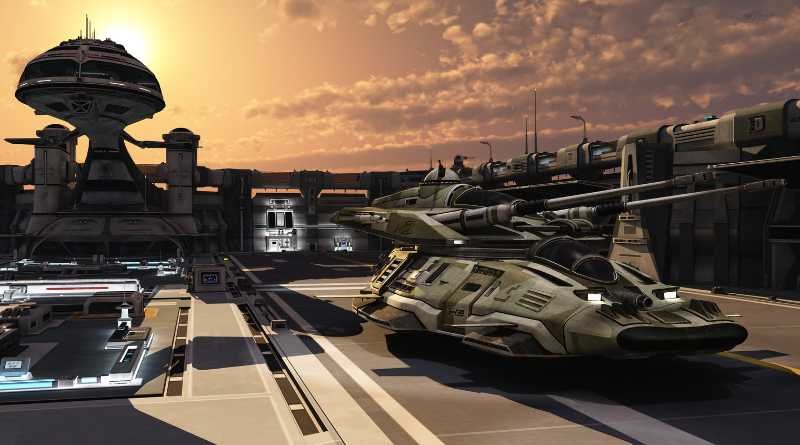In the ever-evolving landscape of military technology, a new era has dawned with the emergence of cyber tanks. These formidable machines represent the pinnacle of innovation, combining cutting-edge advancements in both weaponry and digital capabilities. In this article, we’ll delve into the world of cyber tanks, exploring their design, functionality, and implications for future warfare.
The Evolution of Warfare
Since ancient times, warfare has undergone constant evolution, from hand-to-hand combat to the introduction of firearms, tanks, and aircraft. Each new advancement has reshaped the battlefield and redefined strategies for victory. In the modern era, technology plays an increasingly pivotal role, with cyber warfare becoming a prominent aspect of military operations.
What are Cyber Tanks?
Cyber tanks are the next step in this evolution, blending traditional armored vehicles with advanced digital systems. These tanks are equipped with sophisticated sensors, communication networks, and artificial intelligence, allowing for enhanced situational awareness and strategic capabilities. Unlike conventional tanks, which rely primarily on brute force, cyber tanks leverage data and computation to outmaneuver and outsmart adversaries.
Key Features and Components
At the heart of every cyber tank lies a powerful computing system, capable of processing vast amounts of data in real-time. This system integrates various sensors, including cameras, radars, and LIDAR, to provide a comprehensive view of the battlefield. Additionally, cyber tanks are equipped with advanced communication technologies, enabling seamless coordination with other military assets.
One of the most innovative features of cyber tanks is their autonomy. While traditional tanks require human operators to control them, cyber tanks can operate autonomously or be remotely controlled by personnel located far from the battlefield. This capability not only reduces the risk to human operators but also allows for more agile and responsive maneuvers.
Advantages of Cyber Tanks
Cyber tanks offer several advantages over their conventional counterparts. Their advanced sensors and computing systems enable them to detect and engage targets with unparalleled precision. Additionally, their autonomy allows for continuous operation without the need for rest or rotation, making them ideal for extended missions.
Furthermore, cyber tanks can adapt to changing battlefield conditions in real-time, adjusting their tactics and strategies accordingly. This flexibility gives commanders greater control over the flow of battle and enhances overall mission effectiveness. Moreover, cyber tanks are inherently more survivable, thanks to their ability to anticipate and respond to threats faster than human operators.
Applications and Deployment
The deployment of cyber tanks is not limited to conventional warfare scenarios. These versatile machines can also be used for a variety of other purposes, including reconnaissance, surveillance, and border patrol. In urban environments, cyber tanks excel at navigating complex terrain and identifying potential threats with minimal risk to civilians.
Furthermore, cyber tanks can be integrated into larger military networks, forming a cohesive and interconnected force capable of overwhelming adversaries through sheer coordination and efficiency. Their ability to operate autonomously or in conjunction with manned vehicles makes them invaluable assets in both offensive and defensive operations.
Challenges and Considerations
Despite their many advantages, cyber tanks also pose unique challenges and considerations. Chief among these is the potential for hacking and cyber attacks. Because these tanks rely heavily on digital systems, they are vulnerable to exploitation by hostile actors seeking to disrupt or disable them.
To mitigate this risk, manufacturers must implement robust cybersecurity measures to protect against unauthorized access and tampering. Additionally, military personnel must undergo extensive training to operate and maintain cyber tanks effectively, ensuring they remain a reliable and effective asset on the battlefield.
Conclusion
In conclusion, cyber tanks represent a significant leap forward in the evolution of warfare. By combining the firepower of traditional tanks with the digital sophistication of modern technology, these machines offer unparalleled capabilities on the battlefield. As military forces around the world continue to invest in research and development, cyber tanks are poised to become an indispensable tool in the arsenal of the future.
Whether deployed in conventional conflicts or unconventional scenarios, cyber tanks embody the fusion of warfare and technology, reshaping the dynamics of modern warfare and paving the way for new strategies and tactics. As we look ahead to the future of military innovation, one thing is certain: the era of cyber tanks has arrived, and with it, a new chapter in the history of warfare.




